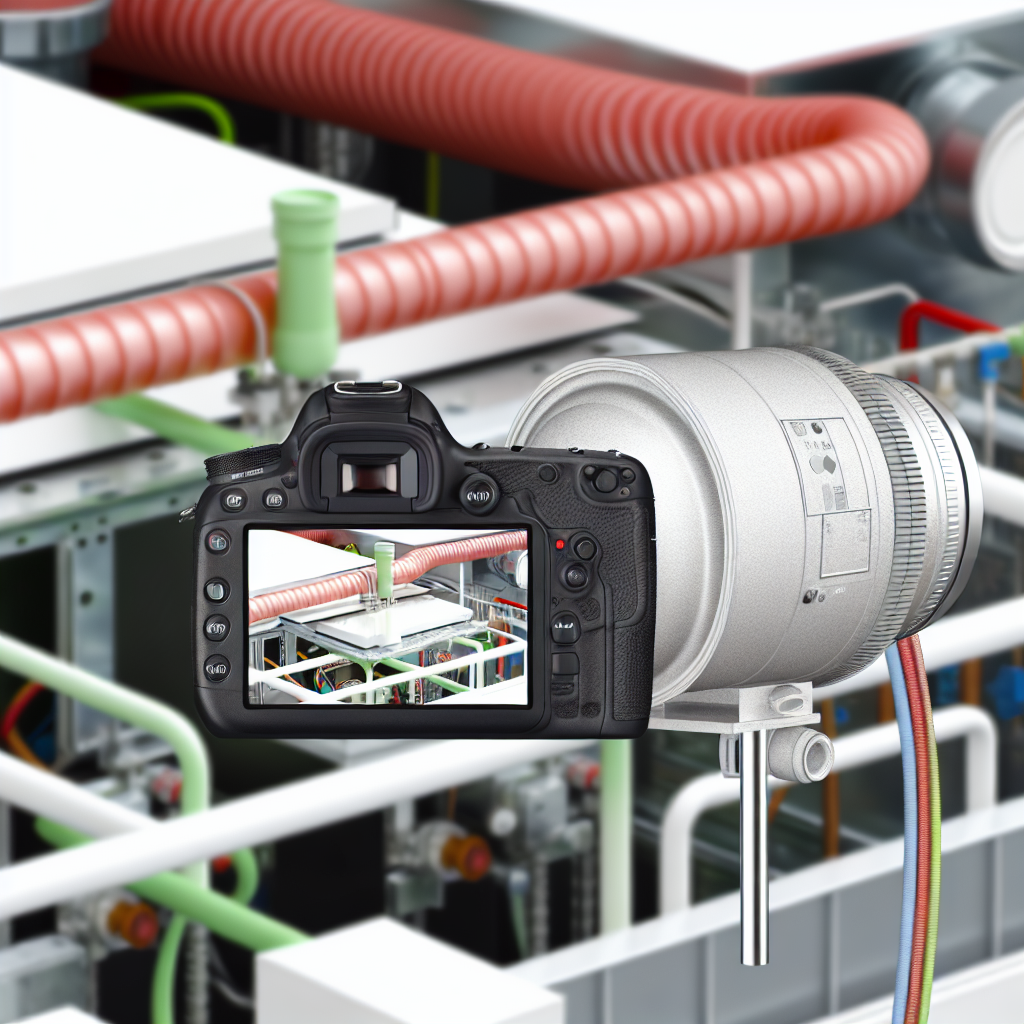HVAC systems are essential for maintaining comfortable indoor environments in residential, commercial, and industrial spaces. Understanding their components, functionality, and benefits can help you make informed decisions about your heating, ventilation, and air conditioning needs. This comprehensive guide aims to demystify HVAC systems for beginners, providing clear, detailed insights.
Understanding the Core Components of HVAC Systems
HVAC systems comprise several crucial components that work in harmony to provide optimal climate control. The main elements include the **heater**, **air conditioner**, **ductwork**, **ventilation fans**, and **thermostats**. Each component has a specific function, but it is their combined operation that ensures efficient heating, cooling, and air quality management.
Heaters typically use either forced air (furnaces) or heat pumps to generate warmth. Furnaces operate by burning fuel such as gas or oil, producing heat that is circulated through ductwork. Heat pumps, on the other hand, transfer heat from outside to inside or vice versa, making them energy-efficient options for moderate climates.
Air conditioners work by removing heat from indoor air using refrigerant cycles. A compressor, evaporator coil, and condenser work together to absorb heat from indoor spaces and release it outside, resulting in cooled air being circulated back into the building.
The **ductwork** serves as the pathway for airflow, distributing conditioned air throughout the space. Properly designed duct systems ensure uniform temperature and air quality, while poorly designed ducts can cause inefficiencies and discomfort.
**Ventilation fans** and **air filters** improve indoor air quality by removing pollutants, allergens, and excess humidity. Thermostats regulate system operation, maintaining desired indoor temperatures and optimizing energy use.
Operation, Benefits, and How to Maximize Your HVAC System
The functionality of an HVAC system revolves around the seamless coordination of its components. When you set a desired temperature on your thermostat, the system activates the heating or cooling components accordingly. Modern HVAC units often include advanced features like zoning, smart thermostats, and air purification systems, enhancing efficiency and comfort.
Benefits of HVAC Systems extend beyond just temperature control. They contribute significantly to indoor air quality, energy efficiency, and overall well-being. Properly maintained HVAC systems can reduce energy bills, lower environmental impact, and improve health by filtering out pollutants and controlling humidity.
To maximize your HVAC system’s performance, consider regular maintenance such as changing filters, inspecting ductwork for leaks, and scheduling professional tune-ups. Additionally, using programmable thermostats and zoning systems can help in reducing energy consumption while ensuring comfort at all times.
Conclusion
In summary, HVAC systems play a vital role in maintaining comfortable and healthy indoor environments. By understanding their core components like heaters, air conditioners, ductwork, and controls, as well as their operation and benefits, you can make more informed choices for your space. Regular maintenance and smart usage will ensure efficient performance and long-term savings. Stay informed and keep your HVAC system running smoothly for optimal comfort year-round.
